The Switch Rises from Wii U’s Ashes
The Wii U was a Nintendo console that failed to garner mainstream success when compared to the stellar numbers of the Wii. The Nintendo Wii sold over 100 million units and came at a cheaper price point, introduced motion controls, and is one of the most accessible consoles to date. The Wii U introduced a touch screen tablet like controller, backwards compatibility with Wii, NFC, and allowed games to be played on the tablet or on a TV. The console never caught on and will be remembered as a black mark on Nintendo’s history, but will be remembered for having a stellar catalog of games. The Wii U will most likely live on as a nostalgic console that a select few loved, like the Sega Dreamcast. Let us take a look at Wii U’s life cycle from its E3 reveal to the revelation of the Nintendo Switch; which is on a better track to outsell Wii U’s lifetime sales.
The Wii U’s E3 Reveal
The Nintendo Wii U was revealed at E3 2011 with the expectations that it would capitalize on the success the Wii had garnered during the PS3/360 generation. Nintendo’s plan was to release a brand new console, before Sony and Microsoft, that would continue the success of the Wii but that also targeted the hardcore gamer. Many analysts and game enthusiasts were expecting Nintendo to release a powerful new console and regain the throne that Sony and Microsoft had taken away from them. Again, expectations of un-proven products and IPs is a dangerous and slippery slope as the result can vary from overwhelming success to bankruptcy. Especially in an age in which movies, television, and on demand content was on the rise and vying for the attention and dollars of mainstream consumers. The Wii sold like gangbusters, but had a horrible attach rate (except for Mario Kart) and received notoriously diluted ports of third party games. Most mainstream consumers used their Wii’s as a family toy or exercise machine; one of the best selling games on the Wii was Just Dance. The Legend of Zelda: Skyward Sword sold almost 4 million copies worldwide, but there were 100 million Wii’s in the wild! Meaning that Zelda sold to less than 10% of Wii owners, the Wii became more of a toy than a serious tech device. Nintendo used this success to create a follow up console to the Wii and used the same branding in order to capitalize on it.
The Wii U was officially unveiled to the public for the first time at E3 2011. The tablet like device quickly dashed the hope of Nintendo fans wanting a powerful console, but did have the advantage of enhancing gameplay through second screen experiences. Nintendo promised that they were offering deeper and wider gameplay experiences and that the Wii U was meant for two things: “Wii (We) play together but this console is also personalized for “U” (You) the gamer”. Using the “Wii” brand made sense, but in hindsight it was an oversight as the mainstream public became confused because of the marketing. The Wii introduced motion controls and that technology became essential for accessibility and wide appeal. Tablets and smart phones had already taken over the market with young children and thus the Wii U was designed to attract that demographic. The console’s design made it clear who it was targeting, but by also appealing to the hardcore gamer Nintendo came across as disingenuous. E3 2011 also featured how the second screen tablet could enhance gameplay ideas and allowed for second screen experiences. They announced that Smash Bros. would come to the Wii U and showed several third party games; all your Wii accessories and controllers were compatible with this new system. That was be all the information given and it became unclear if the tablet was the system or just an elaborate controller. Gamers were left with uncertainty and doubt which had a negative effect on the Wii U’s overall image.
In 2012, Nintendo showed their line up of games releasing with for the Wii U at E3. Games included Pikmin 3, New Super Mario Bros Wii U, Batman: Arhkam City Armored Edition, Nintendo Land, Scribblenauts, Just Dance, Wii Fit, and Ubisoft’s (at least they tried) Zombie U. By this time, the gaming community was skeptical about the Wii U as it had no third party support other than old ports. Nintendo fans remained supportive and waited for the Wii U to come out before passing judgement. I want to highlight that Wii U’s marketing strategy wasn’t as crazy as people made it to believe. The Wii was a success and they wanted to ride that momentum with similar branding. It is easy to say that those decisions were wrong now, but at the time it made sense for Nintendo to cast a wide net. However, the console just didn’t sell nearly as well as they had hoped it would. Let’s take a look at the line up and release of games that were coming to the Wii U.
The Games!
The most noticeable downfall of the Wii U was its lack of third party support of popular games. The Wii U was marginally a bit more powerful than an Xbox 360 or PS3. Initial third party support came in the form of Darksiders 2, Batman: Arhkam City Armored Edition, Monster Hunter 3 Ultimate (which also came to 3DS), Dues Ex: Human Revolution, Scribblenauts, and Assassin’s Creed 3. The Wii U became the console that ported old games and console exclusives like Zombie U, LEGO City Undercover and Wonderful 101 never flourished. Ports like Batman and Monster Hunter promoted console specific features but that did not help drive Wii U sales, so Nintendo relied on its first party games to proliferate the platform. Most of Nintendo first party games had a massive attach rate and good sales on the Wii U, but it still wasn’t enough to drive people to buy a Wii U. Here is a list of the top selling games after Nintendo stopped Wii U production:
This is also not considering popular games like Bayonetta 2, Hyrule Warriors, Legend of Zelda: Twilight Princess HD, StarFox Zero, Pikmin 3, and Xenoblade Chronicles 2. Clearly the Wii U had a killer campaign of great hits and games that any other console would dream of, but it still wasn’t enough to convince the mainstream or hardcore gamer to invest their money. Some of these games may find success if they are ported over to the new Nintendo Switch. Mario Kart 8 Deluxe is the best selling game of April 2017 which shows that people want these games, just not on the Wii U.
Final Sales, But From the Ashes…
The final tally for the Wii U’s lifetime sales were around 13.4 million units being sold in a span of 4 years since its 2012 release. Making the Wii U one of the worst selling consoles in Nintendo’s history! Here is a nifty and simple graph:
Notice that after Nintendo released the NES its been a downhill slope, but the Wii became a juggernaut hit with the mainstream and casual crowd. Every Nintendo console sold less and less as the competition grew and people bought other consoles to satisfy their gaming needs. Not everything is doom and gloom though, the Wii U may have had the worst sales but it had a great catalog of games and neat features that would carry over to their next project.
The Nintendo Switch was announced and teased in a trailer at the end of 2016, and promised a release in early 2017. It would be launching with The Legend of Zelda: Breath of the Wild and supported a brand new concept never heard in the gaming space: a portable hybrid console. Nintendo has always found bigger success when it came to their handheld offerings like the GameBoy, GameBoy Advance, Nintendo DS and 3DS. These handhelds would be eventually contested by PSP, PS Vita, and smart phones but has always held its ground as good portable systems. The Wii U offered to play games on your TV and off screen on the tablet controller. The range of the tablet controller was limited but they had developed a technology that even the PS Vita tried to emulate using the PS4. Nintendo in a bold(or desperate) move under the late President Satoru Iwata, merged its console and handheld hardware divisions together. This was a great move that held the key to Nintendo’s successful launch of the Nintendo Switch, a hybrid portable console that came with two built controllers for multiplayer.
The Nintendo Switch officially launched March 3, 2017 and has become one of the fastest selling console in Nintendo’s history. The Legend of Zelda: Breath of the Wild became the killer game to own and with recent releases like Mario Kart 8 Deluxe makes it a must own console. Mainstream consumers and gamers are hard pressed to find one to buy, thus it looks like it will be a hot item going into the 2017 Holiday season.
There is still a lack of third party support for Nintendo Switch currently, but Nintendo does have an impressive game line up leading into Mario Odyssey by the end of 2017. They released Mario Kart 8 Deluxe in April, ARMS is coming in June, Splatoon 2 in July and various smaller indie titles are launching on Nintendo Switch. The Switch’s potential to attract third party games will happen as long as they outsell previous console entries, but i doubt it will ever hit Wii numbers again. The future looks bright and many pessimists are starting to turn around on the potential that the Switch has. Nintendo learned several lessons about what went wrong with Wii U and from that failure the Switch will rise faster than any other console in their history.
Are you excited to buy a Nintendo Switch? What are your thoughts in the direction that Nintendo is going? Comment below and let us know!
No related posts.



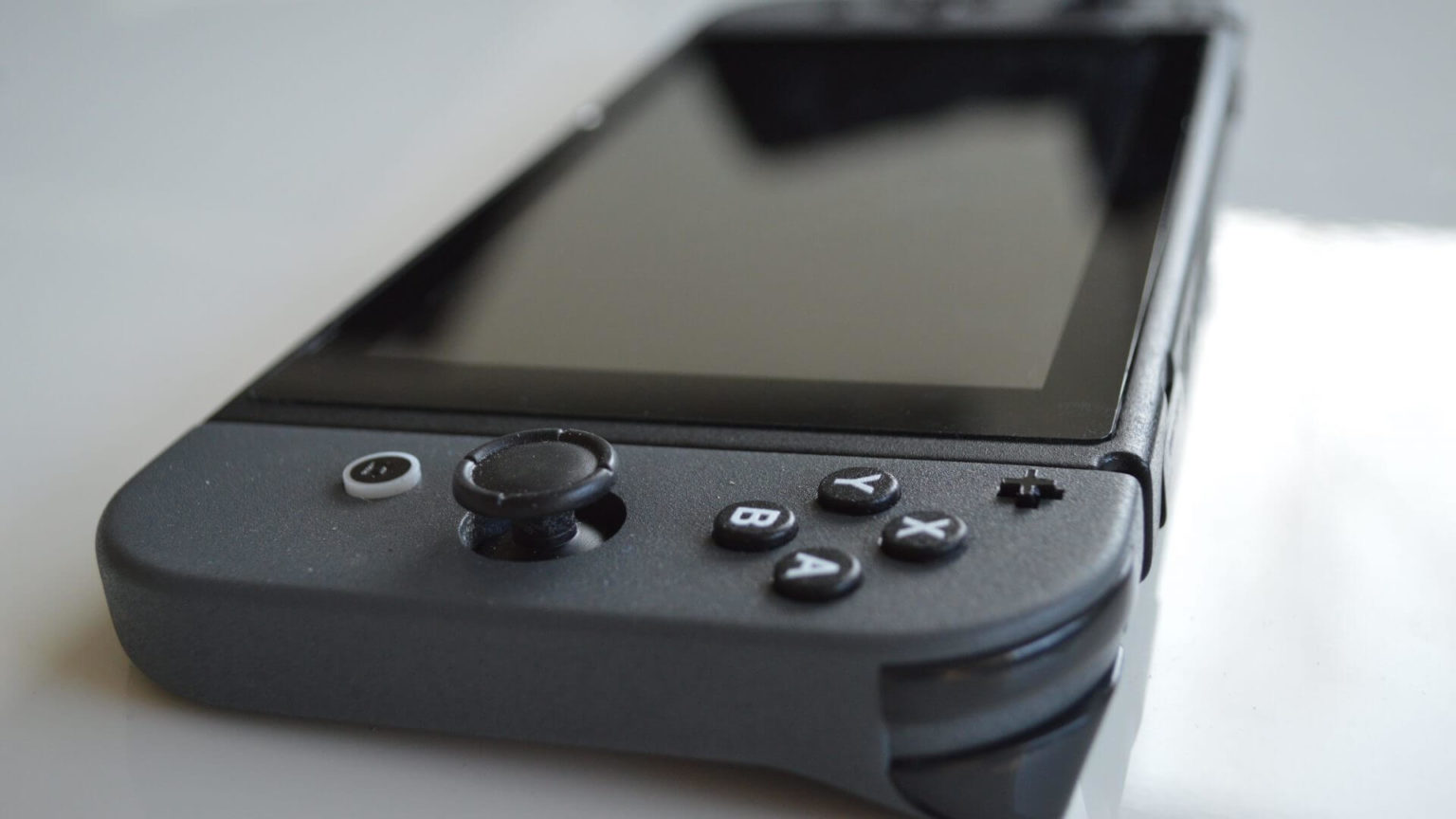
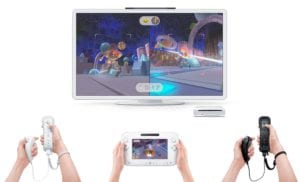
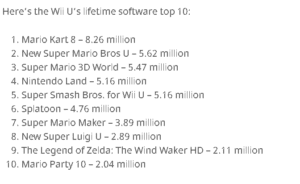
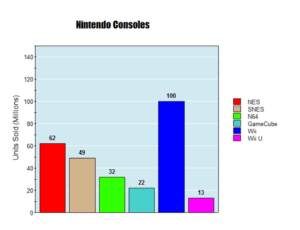
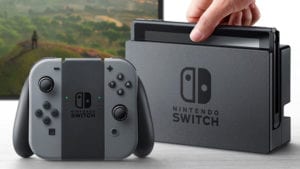



[…] basis. To find out more about what happened to the Wii U, you can read my previous article The Rise of Switch. Nintendo is in it to win it this year and early adopters are eager to play more great games on the […]